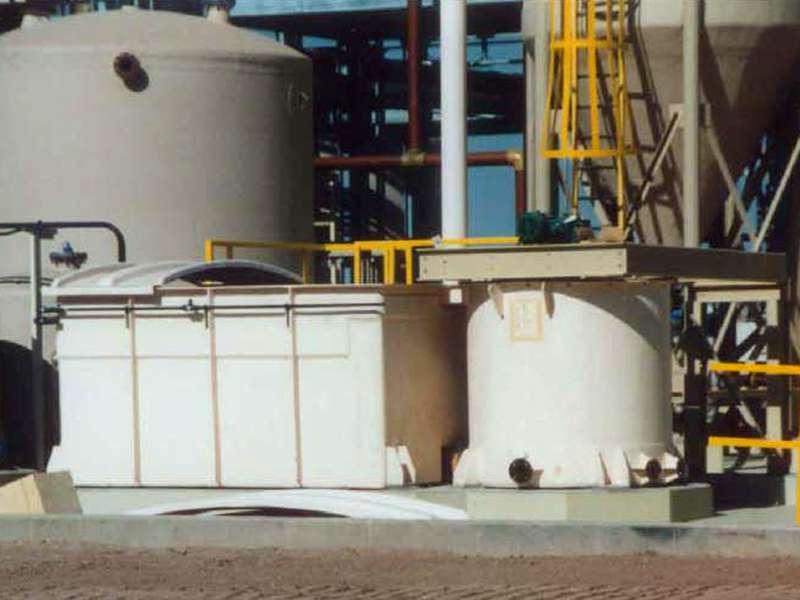
-
 Afrikaans
Afrikaans -
 Albanian
Albanian -
 Amharic
Amharic -
 Arabic
Arabic -
 Armenian
Armenian -
 Azerbaijani
Azerbaijani -
 Basque
Basque -
 Belarusian
Belarusian -
 Bengali
Bengali -
 Bosnian
Bosnian -
 Bulgarian
Bulgarian -
 Catalan
Catalan -
 Cebuano
Cebuano -
 China
China -
 China (Taiwan)
China (Taiwan) -
 Corsican
Corsican -
 Croatian
Croatian -
 Czech
Czech -
 Danish
Danish -
 Dutch
Dutch -
 English
English -
 Esperanto
Esperanto -
 Estonian
Estonian -
 Finnish
Finnish -
 French
French -
 Frisian
Frisian -
 Galician
Galician -
 Georgian
Georgian -
 German
German -
 Greek
Greek -
 Gujarati
Gujarati -
 Haitian Creole
Haitian Creole -
 hausa
hausa -
 hawaiian
hawaiian -
 Hebrew
Hebrew -
 Hindi
Hindi -
 Miao
Miao -
 Hungarian
Hungarian -
 Icelandic
Icelandic -
 igbo
igbo -
 Indonesian
Indonesian -
 irish
irish -
 Italian
Italian -
 Japanese
Japanese -
 Javanese
Javanese -
 Kannada
Kannada -
 kazakh
kazakh -
 Khmer
Khmer -
 Rwandese
Rwandese -
 Korean
Korean -
 Kurdish
Kurdish -
 Kyrgyz
Kyrgyz -
 Lao
Lao -
 Latin
Latin -
 Latvian
Latvian -
 Lithuanian
Lithuanian -
 Luxembourgish
Luxembourgish -
 Macedonian
Macedonian -
 Malgashi
Malgashi -
 Malay
Malay -
 Malayalam
Malayalam -
 Maltese
Maltese -
 Maori
Maori -
 Marathi
Marathi -
 Mongolian
Mongolian -
 Myanmar
Myanmar -
 Nepali
Nepali -
 Norwegian
Norwegian -
 Norwegian
Norwegian -
 Occitan
Occitan -
 Pashto
Pashto -
 Persian
Persian -
 Polish
Polish -
 Portuguese
Portuguese -
 Punjabi
Punjabi -
 Romanian
Romanian -
 Russian
Russian -
 Samoan
Samoan -
 Scottish Gaelic
Scottish Gaelic -
 Serbian
Serbian -
 Sesotho
Sesotho -
 Shona
Shona -
 Sindhi
Sindhi -
 Sinhala
Sinhala -
 Slovak
Slovak -
 Slovenian
Slovenian -
 Somali
Somali -
 Spanish
Spanish -
 Sundanese
Sundanese -
 Swahili
Swahili -
 Swedish
Swedish -
 Tagalog
Tagalog -
 Tajik
Tajik -
 Tamil
Tamil -
 Tatar
Tatar -
 Telugu
Telugu -
 Thai
Thai -
 Turkish
Turkish -
 Turkmen
Turkmen -
 Ukrainian
Ukrainian -
 Urdu
Urdu -
 Uighur
Uighur -
 Uzbek
Uzbek -
 Vietnamese
Vietnamese -
 Welsh
Welsh -
 Bantu
Bantu -
 Yiddish
Yiddish -
 Yoruba
Yoruba -
 Zulu
Zulu
frp rectangular tube
Understanding FRP Rectangular Tubes Applications and Advantages
Fiber Reinforced Polymer (FRP) rectangular tubes are increasingly gaining popularity in various engineering applications due to their unique properties and advantages over traditional materials. These tubes, composed of a polymer matrix reinforced with fibers, exhibit exceptional strength-to-weight ratios, corrosion resistance, and versatility, making them an excellent choice in different industries.
Composition and Manufacturing
FRP rectangular tubes are typically produced by combining a thermoset or thermoplastic resin with reinforcing fibers such as glass, carbon, or aramid. The manufacturing processes can include pultrusion, filament winding, and compression molding. Pultrusion, in particular, is a continuous manufacturing process that allows for the creation of strong, uniform shapes with varying lengths and cross-sections. The result is a lightweight yet incredibly sturdy product that can be tailored to specific engineering requirements.
Advantages of FRP Rectangular Tubes
1. High Strength-to-Weight Ratio One of the most significant advantages of FRP rectangular tubes is their high strength-to-weight ratio. This property allows for the design of lighter structures without compromising on strength or durability, making them ideal for applications where weight is a critical factor, such as in aerospace or automotive engineering.
2. Corrosion Resistance Unlike traditional materials like steel or aluminum, FRP rectangular tubes are highly resistant to corrosion. This quality extends the life of the structures made from these tubes in harsh environments, such as marine applications or chemical processing plants, where exposure to moisture and chemicals is common.
frp rectangular tube

3. Customization FRP tubes can be designed and manufactured in various shapes, sizes, and colors, which provides architects and engineers with immense flexibility in their projects. This adaptability opens up design possibilities that are often constrained with traditional materials.
4. Thermal and Electrical Insulation FRP materials are poor conductors of heat and electricity, providing excellent insulation properties. This characteristic makes FRP rectangular tubes suitable for applications in which thermal or electrical conductivity must be minimized, such as in construction and infrastructure projects.
5. Sustainability With growing concerns about environmental sustainability, FRP materials present a favorable option. Many manufacturers are exploring the use of recyclable resins and sustainable reinforcement fibers, contributing to green building practices and reducing the overall carbon footprint of construction projects.
Applications
The versatility of FRP rectangular tubes enables their use across various sectors. In construction, they are used for structural components, handrails, and architectural elements. In the automotive industry, they contribute to lightweight vehicle frameworks, enhancing fuel efficiency. Moreover, in the oil and gas sector, they are utilized for pipelines and supports where corrosion resistance is paramount.
Conclusion
As industries seek innovative solutions to meet modern engineering challenges, FRP rectangular tubes emerge as a material of choice. Their combination of lightweight, strength, corrosion resistance, and design flexibility positions them at the forefront of material technologies. As manufacturing techniques advance and create even more efficient methods for producing FRP components, the potential applications and benefits of these rectangular tubes are likely to expand, driving further adoption across diverse sectors.
Latest news
-
High-Pressure Fiberglass Pipe Flanges Durable & Lightweight SolutionsNewsMay.12,2025
-
Fiberglass Mining Equipment Durable & Corrosion-Resistant GRP SolutionsNewsMay.12,2025
-
FRP Pipe Saddles High-Strength, Corrosion-Resistant Pipe SupportsNewsMay.12,2025
-
ATI Radeon 38 Graphics High-Performance R38 GPU for Gaming & DesignNewsMay.11,2025
-
Fiberglass & FRP Trough Covers Durable Industrial Corrosion ProtectionNewsMay.11,2025
-
Durable FRP Chimney Construction & Installation for Industrial UseNewsMay.10,2025









